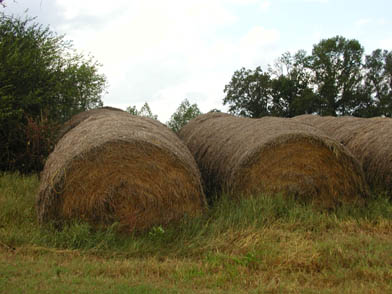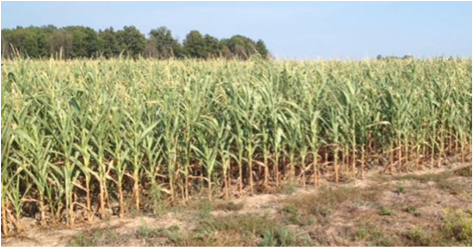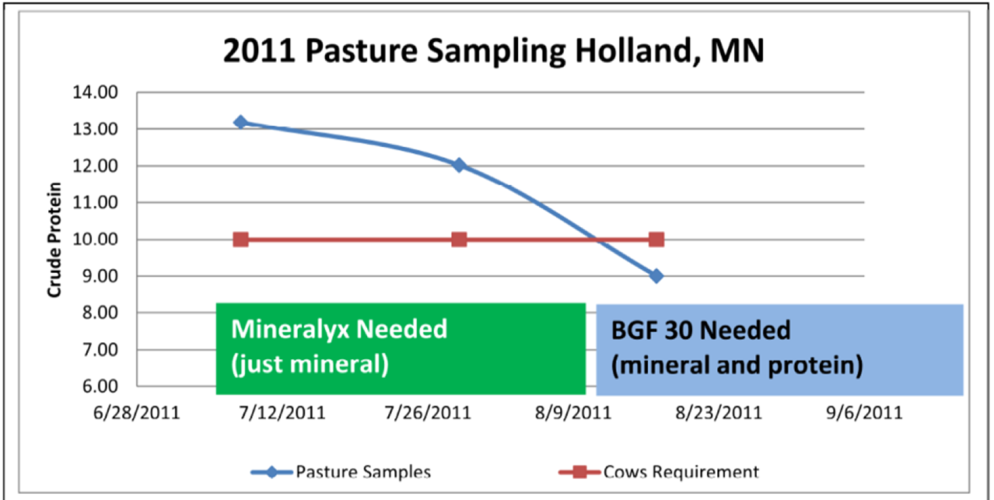Hay is going to be more valuable than ever this year in light of the drought. For this reason, it is critical to maximize usable hay. Round bales are a popular means to harvest hay in many parts of the country. Proper round bale storage can make or break you. If your current storage method is allowing several inches of bale to rot, you might be surprised at how much hay is being wasted. The outer 4 to 6 inches, where most losses occur, make up a large percentage of the bale as shown in Table 1.
Drought increases the chances for nitrate poisoning of livestock
It is hard to pick up a livestock magazine today without reading about the impact of drought in much of the US. Grain markets have been responding daily with large increases and cattle markets have soften considerably given the current conditions. As producers evaluate the amount of forage they have in their pastures and that which will help them make it through the winter, the desire to put up hay or ensile any fiber source they can find, can lead to forages with hidden dangers. Nitrate poisoning is one that can affect annual crops that may be cut for hay or put into silage given the harsh growing conditions that many are facing. Below are some general guidelines when dealing with the potential for Nitrate poisoning:
Drought stressed corn for hay or silage: Concerns and suggestions
I worked this week in parts of Indiana and Ohio that are in some of the most extreme drought conditions I have seen. The Drought Monitor shows that over half the country is in drought. I observed corn that varied from knee high to shoulder high. All the plants were stressed with curled leaves and many had the bottom leaves fired. Greater than half the plants in the hardest hit areas had no ear or limited kernel development.
What is an organic trace mineral?
Nutritionists, along with producers, are always on the lookout for the next big thing to really improve livestock performance. In the case of nutritionists, we’re looking for products that pack a bigger nutritional punch per pound. Organic trace minerals are one of those advances that do bring a little more to the table. But what is an organic trace mineral?
Beef cow management options for declining pasture conditions
USDA’s Weekly Crop Condition Report includes pasture conditions for each state. Pasture conditions are currently as poor for this time of year as seen in the last 16 years. The data for the whole US and selected states in cattle country are listed below. Some of the drier and warmer months of the grazing season are still to come and expectations are that pasture conditions will continue to decline.



